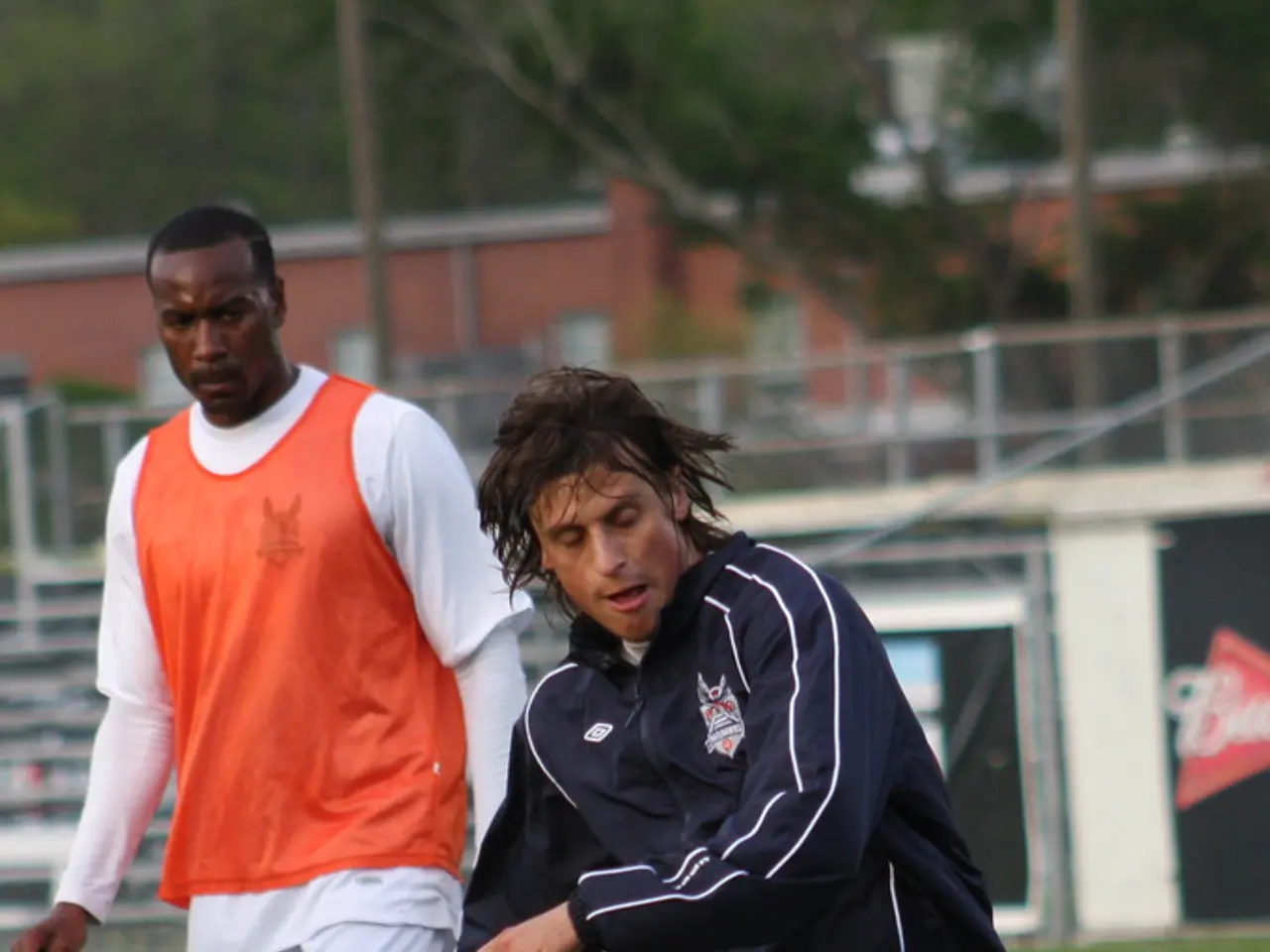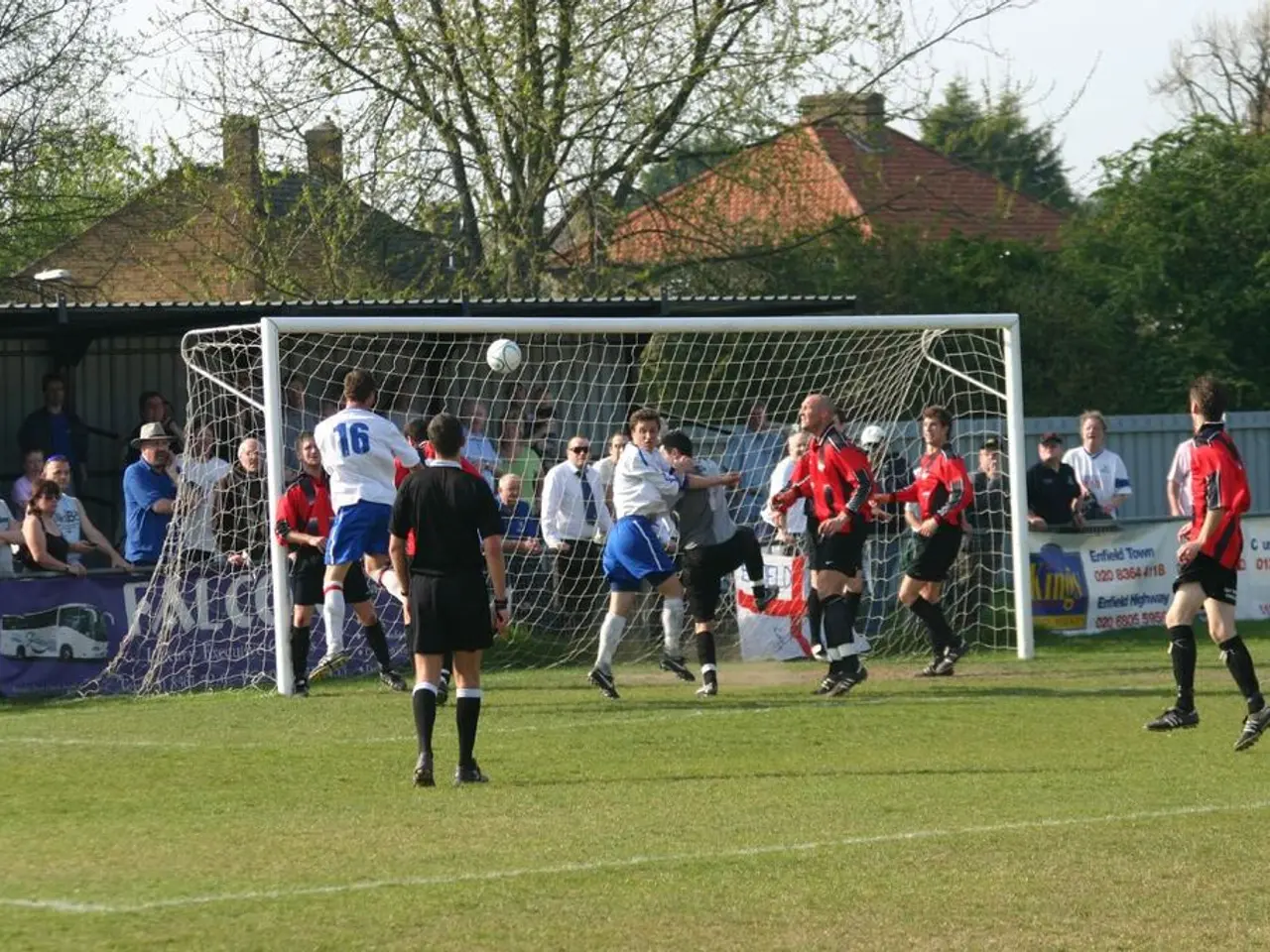Davante Adams unveils confident projection on Travis Hunter's debut NFL season
Travis Hunter's remarkable talent as a two-way player, showcased during his college career at Jackson State and Colorado, has generated excitement in the NFL. However, concerns about his injury risk have also emerged, as playing significant snaps on both offense and defense could potentially shorten his career.
Greater Cumulative Workload Increases Injury Risk
Experts and analysts have voiced concerns about Hunter's long-term durability, as a two-way player effectively doubles activity over a season compared to a single-side starter. This increased workload raises exposure to contact and repetitive-stress injuries.
Controlled Usage Expected
NFL analysts anticipate that the Jacksonville Jaguars will limit Hunter's snaps, not subjecting him to the 100+ snaps he logged routinely in college. Instead, they expect a controlled usage, such as around 40 offensive and 30 defensive snaps per game or smaller stints.
Preseason Indicates Conservatively Managed Workload
In his preseason debut, Hunter had one short offensive drive (11 snaps) and one short defensive series (5 snaps), indicating that the Jaguars are already managing his workload conservatively while evaluating him at both spots.
Increased Role Complexity Magnifies Fatigue and Mistake Risk
Switching roles within a game raises mental and physical fatigue, which can lower performance and indirectly increase injury likelihood. This is one of the reasons why teams commonly limit two-way snaps for NFL players.
Mitigating Factors Exist
Scouts and coaches have said that Hunter is unusually well-conditioned, and the Jaguars plan role designs (specific packages, situational deploys) to limit total snaps and optimize matchups, which should reduce but not remove the added risk.
Short-Term Expectations
In the short term, expect situational two-way use early in his career (packages, certain series, fewer snaps than college) to balance value vs. risk.
Medium/Long-Term Implications
If the Jaguars or Hunter increase two-way snaps substantially, the odds of accumulated wear or a career-shortening injury rise compared with a single-side starter. Conversely, limiting snaps and focusing one side as his primary role would lower that risk.
Limitations and Uncertainties
There is a lack of long-term NFL data for modern players regularly playing both offense and defense over many seasons. Most conclusions are risk assessments based on workload, medical principles, and expert opinion rather than longitudinal study.
- The increased workload that comes with playing both offense and defense in the NFL could potentially lead to more contact and repetitive-stress injuries for two-way players like Travis Hunter, based on sports-analysis insights.
- The Jacksonville Jaguars are expected to manage Travis Hunter's workload conservatively by limiting his snaps and employing a controlled usage strategy, according to NFL analysts, to help prevent injury risk associated with American-football.
- In Travis Hunter's preseason debut, his limited number of snaps in both offensive and defensive roles indicate that the Jaguars are already carefully managing his workload while assessing his abilities at both positions, as discussed in sports-analysis.







